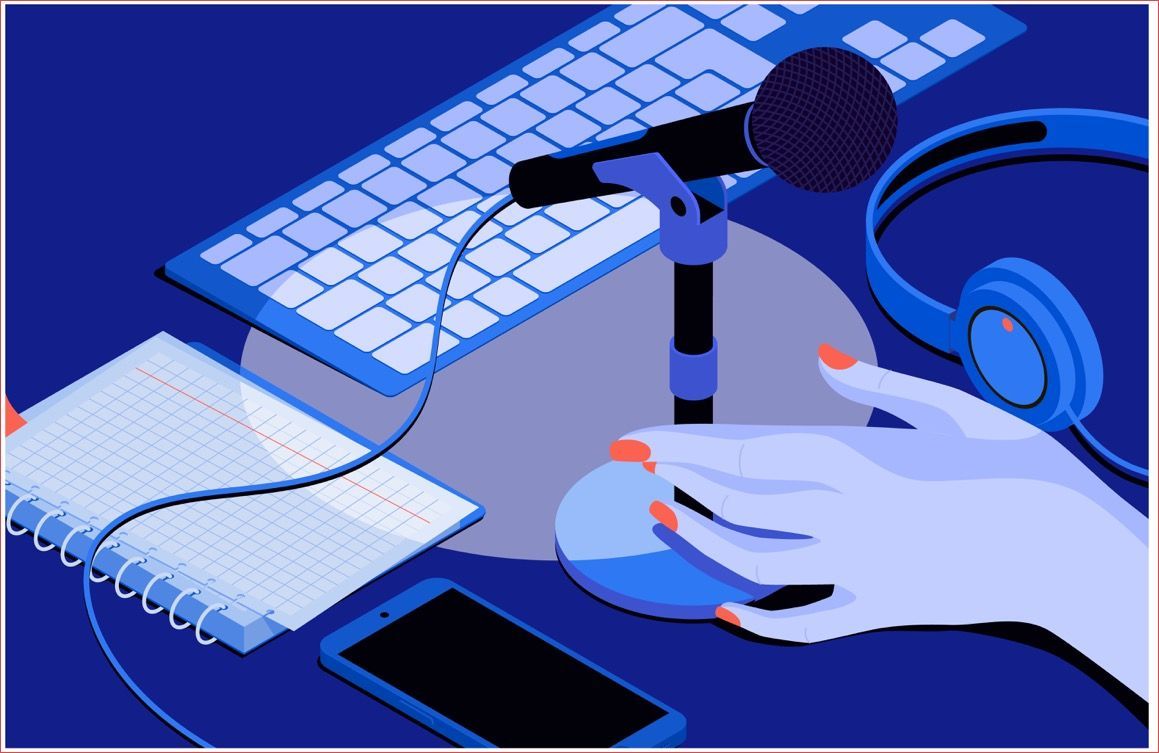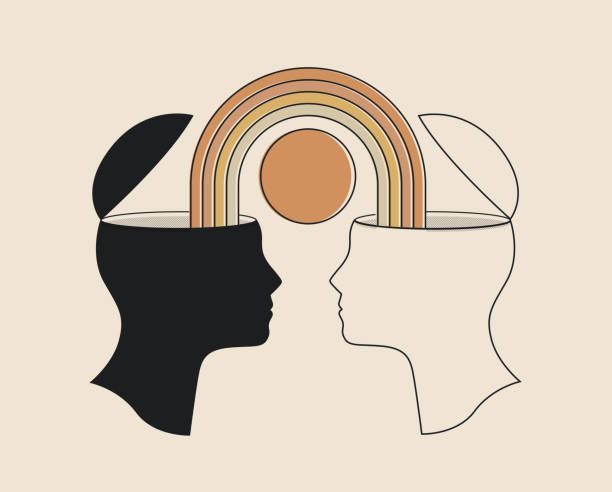Patient Education Audio – The Key to Informing and Assuaging Patients
Audio visual projects in the patient education space have a long – and sometimes unintentionally comic – history (it’s a fun rabbit hole to fall down into on YouTube); we’ve seen the value in producing films and videos which acquaint patients with the healthcare experience practically since film began.
Health multimedia has explained procedures in the simplest, most accessible layperson’s terms; they answer the most common concerns and questions that a typical patient may have, and they save the staff from having to do the education for each patient from scratch each time.
There’s a huge value to your medical/dental/surgical practice to produce informative content for your patients to see – for patient retention, increased compliance, and cost-saving benefits for you. Whether we’re talking about a practice-focused “channel” playing in your waiting room, an orientation video which a group of patients will see before a procedure (think: colonoscopy or radiology clinics), YouTube channel content, or a self-guided e-learning course where patients learn about a procedure and/or aftercare at their own pace, there’s many opportunities to automate the dissemination of knowledge and to create a professional experience which not only educates but quells patient fears and prepares them for what’s ahead.
Here's some key things to keep in mind when writing or producing patient-centered audio-visual projects:
This is a Time and Resource Saver Years ago, I attended a film presentation at a colonoscopy clinic – begrudgingly. I’m going to sit with a bunch of people scheduled for the same procedure and watch a stupid slide show? Unfortunately: it was a badly done, clunky outdated Powerpoint voiced by a tired staffer. But the information it imparted saved hours and hours of one-on-one explanation that the nursing staff didn’t have to do with each individual patient. We all get the info, and then questions are answered afterwards. Just make sure you produce a professional-looking presentation, and for bonus points: keep it up to date, do it well, and have it voiced by a pro.
You Can Alleviate a Lot of Worry A well-produced presentation, full of genuine empathy and compassion, can do a lot to alleviate a lot of concern and worry amongst prospective patients. Someone facing surgery will find a lot of solace and comfort out of gaining information – and will make them feel more in control in a time when the control is being threatened. This is especially true with e-learning modules and courses that patients need to complete before gaining access to treatment: they are a superb way to involve the patient in their treatment, and to foster the idea that the patient has some agency and control over the process.
Literacy Issues are Still a Thing A good argument for well-produced audio-visual materials is the idea that literacy/fluency issues are still a very real and tangible obstacle for many people. I’m hired to read lengthy drug interaction warning recordings for pharmaceutical companies – not only for legal coverage, but because literacy issues and comprehension are still a factor in every sector. Also: the idea that the spoken word can make understandable what the lack of ability to read the written word can do, and patients will likely retain what they’ve heard as opposed to what they’ve read.
Audio visual projects which are pointed at the health consumer can be an amazing education tool, and one which can save time and money for the health industry. Ensuring that these projects are professionally produced and executed will give them a relevance and a longevity to ensure that they are pertinent and applicable for years to come.











